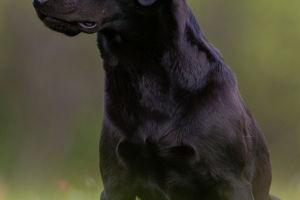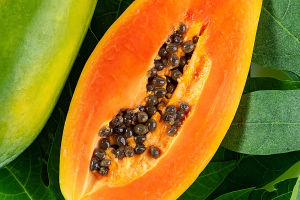The red kestrel is a small bird of prey belonging to the family Falconidae, which is widely distributed across Eurasia, Africa, and parts of the Americas.
These birds are known for their remarkable flying skills, sharp eyesight, and unique hunting methods, making them a fascinating species in the avian world.
The red kestrel plays a significant ecological role in nature and is also cherished by people for its graceful posture and agile movements.
In terms of physical appearance, the red kestrel is relatively slender, with an adult body length typically ranging from 30 to 35 cm and a wingspan of up to 70 to 80 cm. Compared to other falcons, the red kestrel is smaller, but this does not diminish its impressive flying ability and exceptional hunting skills.
The plumage of the red kestrel is primarily a mix of brown and gray, with a reddish-brown back and a light-colored abdomen adorned with spots. Male and female red kestrels exhibit slight differences in appearance, with males usually having brighter head and tail colors, while females display more subdued feathers.
One of the most notable features of the red kestrel is its unique hunting method known as "hovering" hunting. When in pursuit of prey, the kestrel typically hovers in the sky, rapidly flapping its wings to maintain a stable position.
During this time, it uses its sharp eyesight to scan the ground below for any sign of prey. Once it identifies a target, the kestrel swiftly dives down and captures its prey with lightning speed.
This hunting technique not only showcases the kestrel's excellent flying abilities but also highlights its precise control over its prey. The kestrel's diet mainly consists of small mammals, insects, and birds, with voles and small birds being its most common sources of food.
The breeding season for the kestrel usually occurs in the spring, and their nests are predominantly built in high locations such as cliffs, crevices in buildings, or tree hollows. The nest of a kestrel is quite simple, typically constructed using materials such as twigs and grass, resulting in a relatively basic structure.
The female kestrel lays between three and six eggs per clutch, with the eggs being light yellow or milky white, often speckled with brown spots.
During the incubation period, the female primarily takes on the responsibility of warming the eggs, while the male hunts and provides food for both the female and the soon-to-hatch chicks.
After the eggs hatch, the young kestrels spend about a month under the care and protection of their parents until their feathers are fully developed, allowing them to fly and hunt independently.
The red kestrel plays a crucial ecological role in nature. As a top predator, it helps control the populations of small mammals and insects by preying on these species, thereby maintaining the balance of the ecosystem.
Additionally, the kestrel is regarded as a beneficial bird in agriculture, as it assists farmers in reducing the populations of crop pests such as voles, thereby minimizing agricultural losses.
Due to its strong adaptability to various ecological environments, the population of the kestrel remains relatively stable worldwide, and it is not currently facing severe threats of extinction.
However, with the ongoing acceleration of urbanization and the loss of natural habitats, the kestrel's living environment is facing certain challenges.
In cultural and historical contexts, the kestrel holds symbolic significance. In some cultures, the kestrel is seen as a symbol of bravery and freedom, representing strength and agility.
The ancient Egyptians even revered the kestrel as the incarnation of the sun god Horus, believing that it possessed divine powers. In modern times, the kestrel's elegant flying posture and distinctive hunting techniques have made it a popular subject for birdwatchers and wildlife photographers.
The red kestrel is not only an integral part of nature, playing a vital role in maintaining ecological balance, but it is also a significant symbol in culture and history. Its unique appearance, flexible flying abilities, and exceptional hunting skills have earned it admiration and respect.
As awareness of nature conservation continues to grow, it is believed that the kestrel will continue to soar in the skies, serving as a beautiful symbol of humanity's harmonious coexistence with nature.


